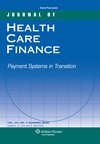Yale University Breaks into Top 10 in World University Rankings
/Yale University edged into the top 10 in the annual World University Rankings for the first time, ranking tied for 9th place on the 2014-2015 list with Imperial College in London. For the three previous years, Yale was ranked #11.
Leading the new list were California Institute of Technology, Harvard University, University of Oxford, Stanford University and University of Cambridge. The next five are Massachusetts Institute of Technology, Princeton University, and University of California - Berkley, just ahead of Yale and Imperial College. The University of Chicago slipped from 9th to 11th in the rankings.
Eight of the top 10 universities are in the United States, the other two in the United Kingdom.
From other nations, the top finishers were Swiss Federal Institute of Technology at #13, University of Toronto at #20, University of Tokyo at #23, Ludwig-Maximilins-Universitat (Germany) at #29, and University of Melbourne at #33.
The Times Higher Education World University Rankings 2014-2015, powered by Thomson Reuters, are the only global university performance tables to judge world-class universities across all of their core missions - teaching, research, knowledge transfer and international outlook.
The top universities rankings employ 13 performance indicators to provide “the most comprehensive and balanced comparisons available,” which are “trusted by students, academics, university leaders, industry and governments,” the organization’s website points out. Institutions provide and sign off on their institutional data for use in the rankings.
The 13 performance indicators are grouped into five areas:
- Teaching: the learning environment (worth 30 per cent of the overall ranking score)
- Research: volume, income and reputation (worth 30 per cent)
- Citations: research influence (worth 30 per cent)
- Industry income: innovation (worth 2.5 per cent)
- International outlook: staff, students and research (worth 7.5 per cent).
The U.S. has 74 universities in the top 200, down from 77 last year. Some 60 per cent of those institutions rank lower than they did 12 months ago, with an average fall of 5.34 places per university, according to Times Higher Education. Canada and the United Kingdom also slipped slightly in the overall rankings, while Asian universities trended higher, with 24 universities in the world top 200, four more than last year.
When the top world universities are broken down by academic disciplines, Yale ranks #7 in arts and humanities, #7 in life sciences, #7 in social sciences, #10 in clinical, pre-clinical and health, and #13 in physical sciences. Yale finishes outside of the top 100 in engineering & technology.
Times Higher Education, which produces the rankings, is based in the United Kingdom.
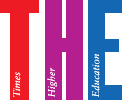 Watch the video presenting top 10.
Watch the video presenting top 10.






 ication sets out to “identify the most public-minded institutions,” utilizing the three criteria and a handful of specific measures in each.
ication sets out to “identify the most public-minded institutions,” utilizing the three criteria and a handful of specific measures in each.




 ispanics have science or engineering degrees. This disparity needs to be addressed,” Bluford said.
ispanics have science or engineering degrees. This disparity needs to be addressed,” Bluford said.
 rs were demanding, my parents were relentless,” Bluford recalled.
rs were demanding, my parents were relentless,” Bluford recalled. The MacArthur Foundation recently released data that shows where the 897 exceptionally creative individuals who have been recognized since 1981 were born, where they lived at the time they received the award and how mobile they are. This is the first time the data has been compiled and made publicly available.
The MacArthur Foundation recently released data that shows where the 897 exceptionally creative individuals who have been recognized since 1981 were born, where they lived at the time they received the award and how mobile they are. This is the first time the data has been compiled and made publicly available.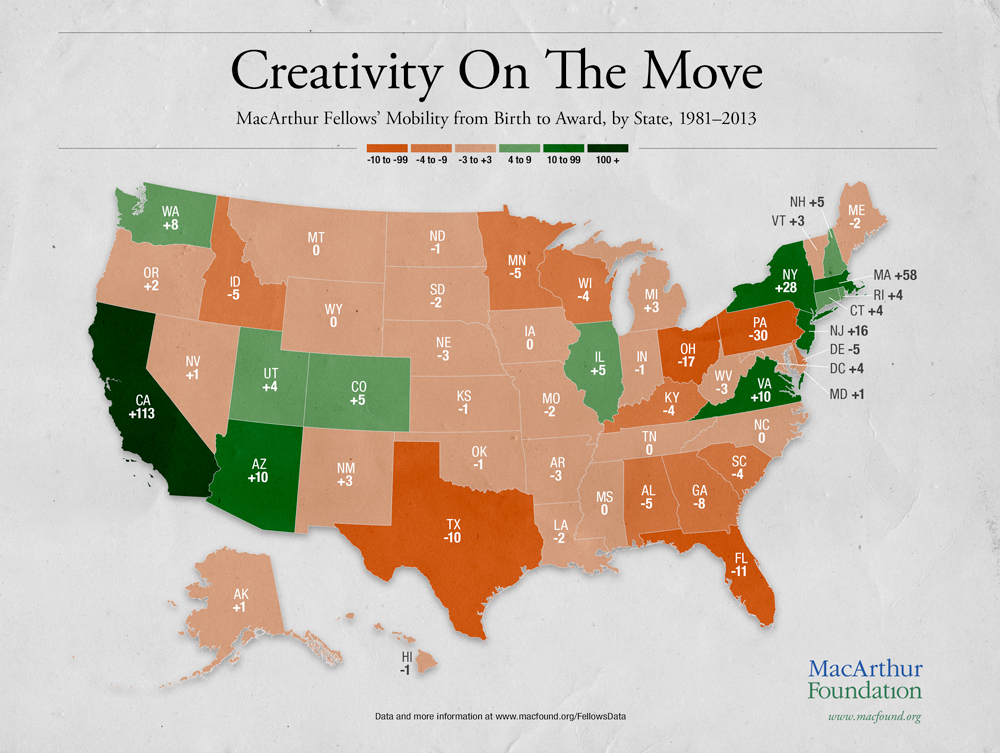
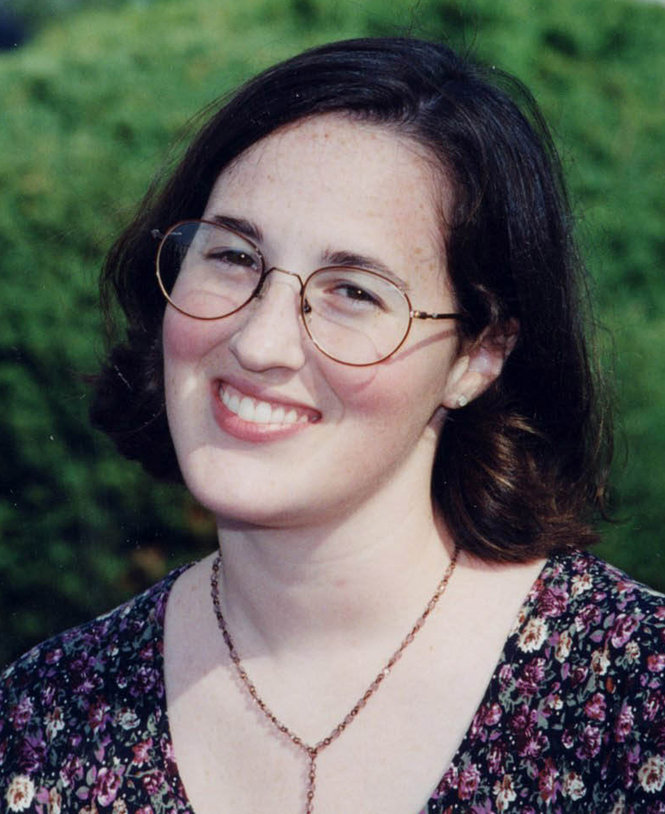 d met Ms. Toyen, who grew up in Avon, Connecticut, at their alma mater, Bentley College in Waltham, Mass., and had managed to pull off an elaborate proposal.
d met Ms. Toyen, who grew up in Avon, Connecticut, at their alma mater, Bentley College in Waltham, Mass., and had managed to pull off an elaborate proposal.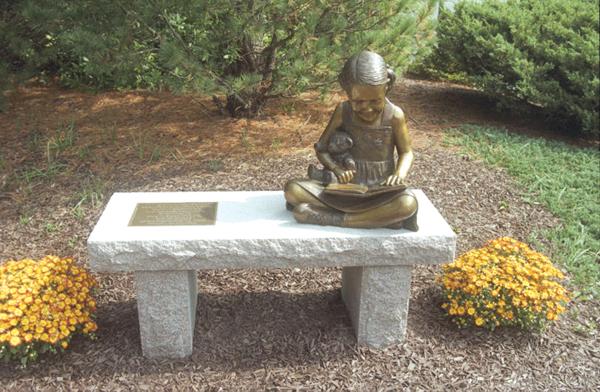 .
.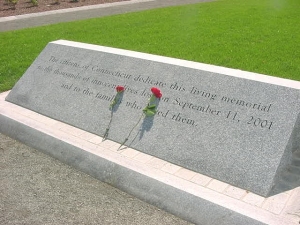


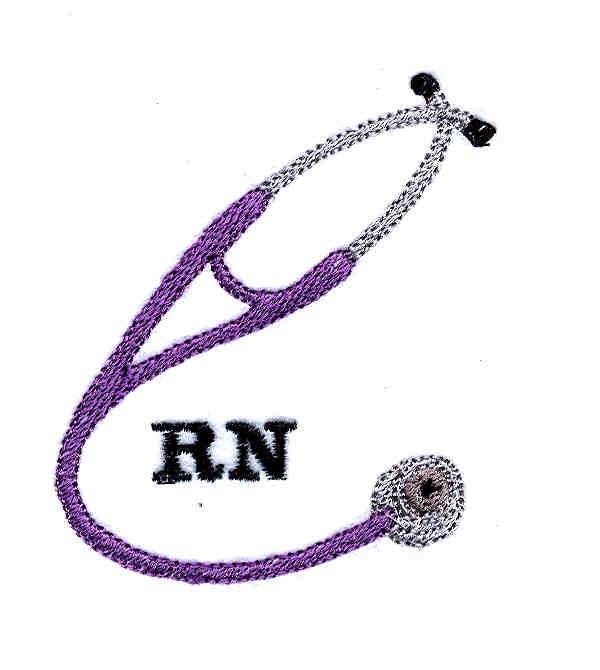 r recent study found that nursing homes under private equity ownership are cited for more deficiencies and have fewer registered nurses on staff than other for-profit facilities.
r recent study found that nursing homes under private equity ownership are cited for more deficiencies and have fewer registered nurses on staff than other for-profit facilities.